Choosing between sheet vinyl flooring and luxury vinyl tile (LVT) is one of the first big decisions new build homeowners face. Both offer waterproof, hard-wearing finishes – but they’re not the same. Here’s a breakdown of how they differ, and which might suit your new build best.
What’s the Difference?
Vinyl flooring comes in large rolls and is cut to the size of your room. It’s ideal for quick coverage, but if your space is wider than 4 metres, you’ll need a visible join. Most vinyl ranges come in 2m, 3m or 4m widths, making layout planning key.
LVT, by contrast, comes in individual planks or tiles, designed to replicate the look of wood or stone. Each piece is laid plank by plank, giving a more realistic and modular look with no joins across wide spaces.
Installation
Both LVT and vinyl need the subfloor latexed (screeded) to a smooth, level finish – usually using a 3mm smoothing compound.
Vinyl is much quicker to install as it’s one sheet. It’s fully glued to the subfloor and cut neatly into corners.
LVT takes longer due to laying each plank individually, especially in patterns like herringbone.
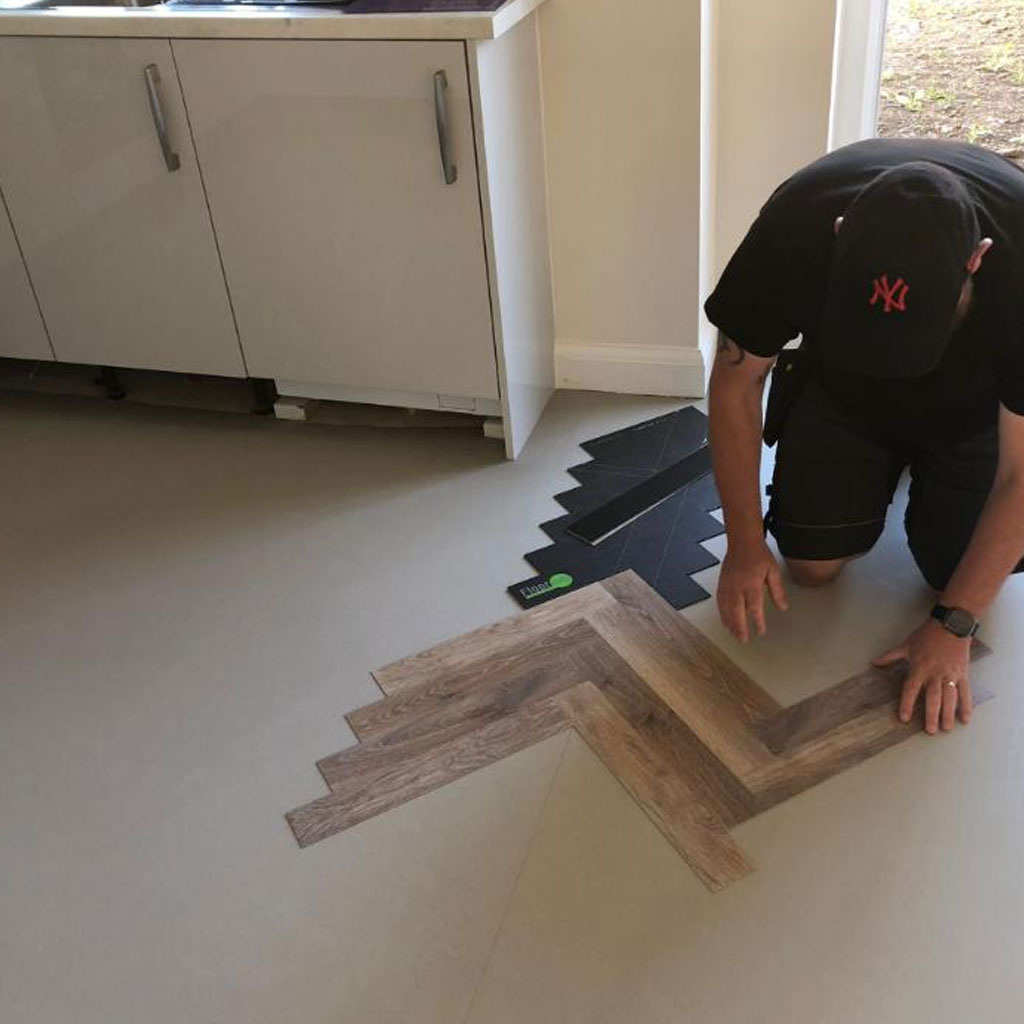
In both cases:
- Skirting boards are left in place
- To make vinyl fully waterproof, a mastic sealant is recommended around the perimeter.
- LVT doesn’t require mastic and is just left to customer preference.
Winner (for speed & cost):
Vinyl
Winner (for finish):
LVT
Which Is More Durable?
- LVT has a thicker wear layer (up to 1.0mm in premium products like Amtico Signature) which helps resist scratches, dents and scuffs over time.
- Vinyl sheets are more vulnerable to ripping, especially when moving furniture or if heavy items are dragged across it.
- If damaged, LVT planks can be replaced individually. With vinyl, you usually need to replace the entire room.
Winner: LVT, especially in high-traffic areas or family homes.
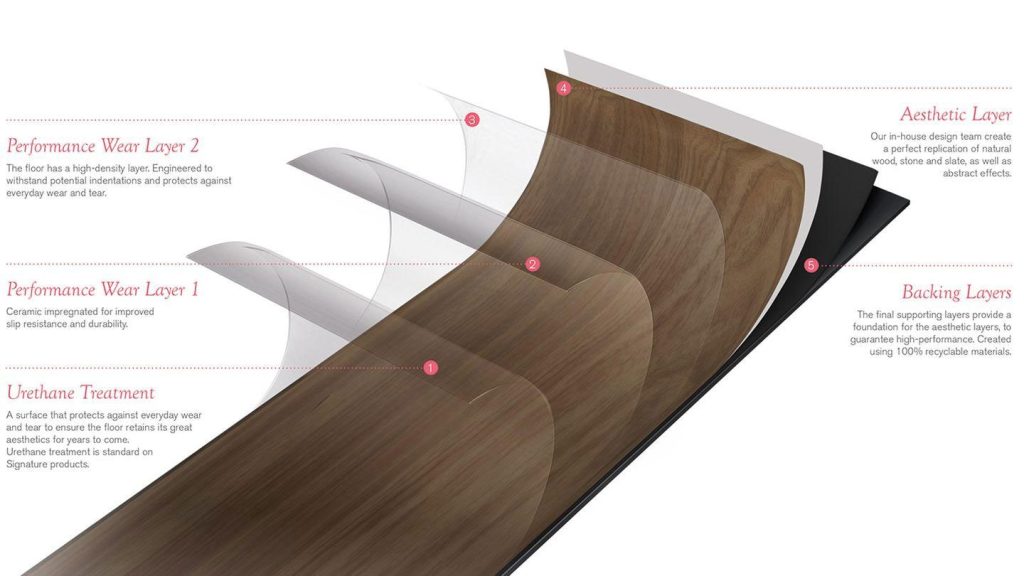
Aesthetic Appeal
LVT offers a realistic, plank-by-plank finish, which is especially convincing for wood or stone-effect designs. The texture, bevelled edges and varied plank patterns enhance the natural look.
That said, vinyl can create a seamless finish ideal for concrete, terrazzo or uniform styles.
For example, in this modern office installation we completed recently, vinyl was chosen for its seamless concrete effect — something LVT couldn’t replicate across a large space.
Winner: Depends on your aesthetic.
- Choose LVT for natural wood/stone look
- Choose Vinyl for a seamless concrete-style finish
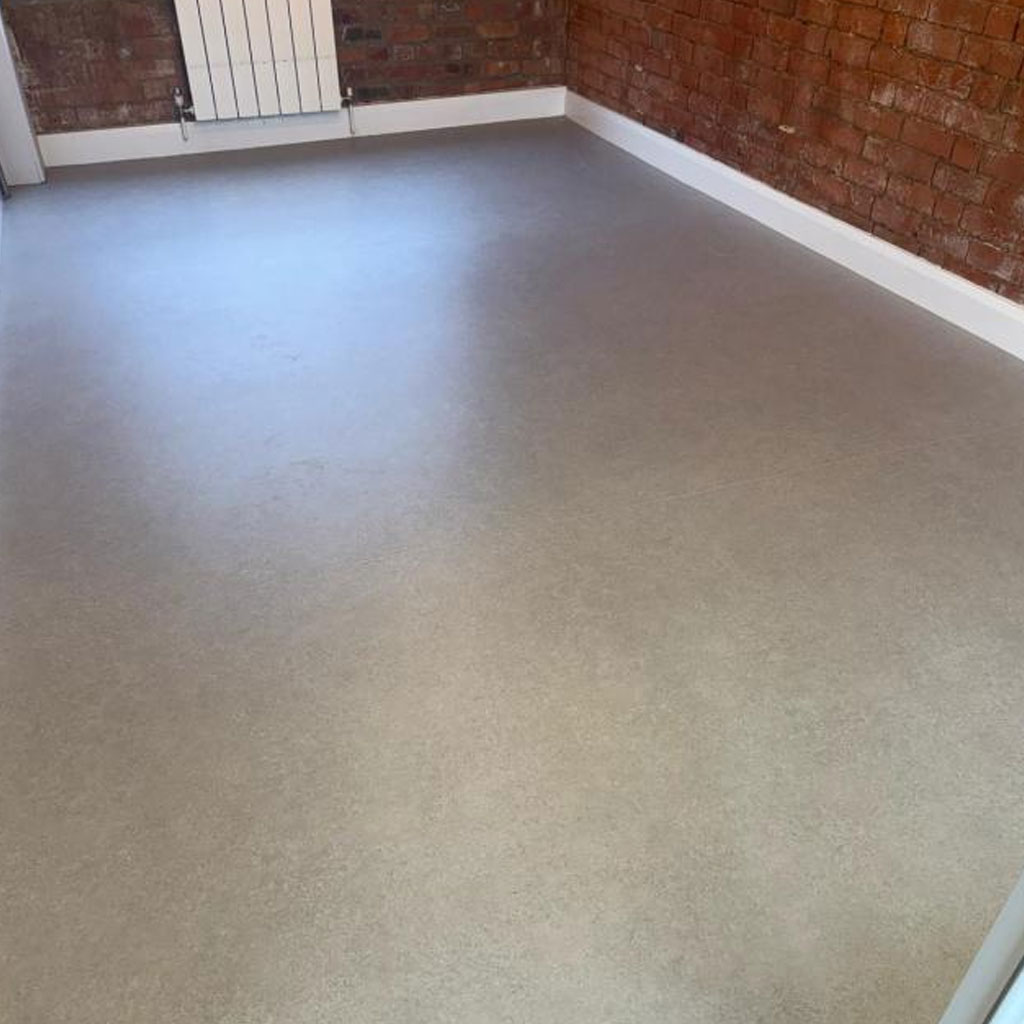
Warranty Comparison
- Karndean and Amtico offer lifetime warranties across most LVT ranges.
- High-end vinyl options like Comfytex Deluxe Pro typically offer up to a 15-year warranty.
So while vinyl may be cheaper upfront, LVT comes with better long-term protection.
Winner: LVT
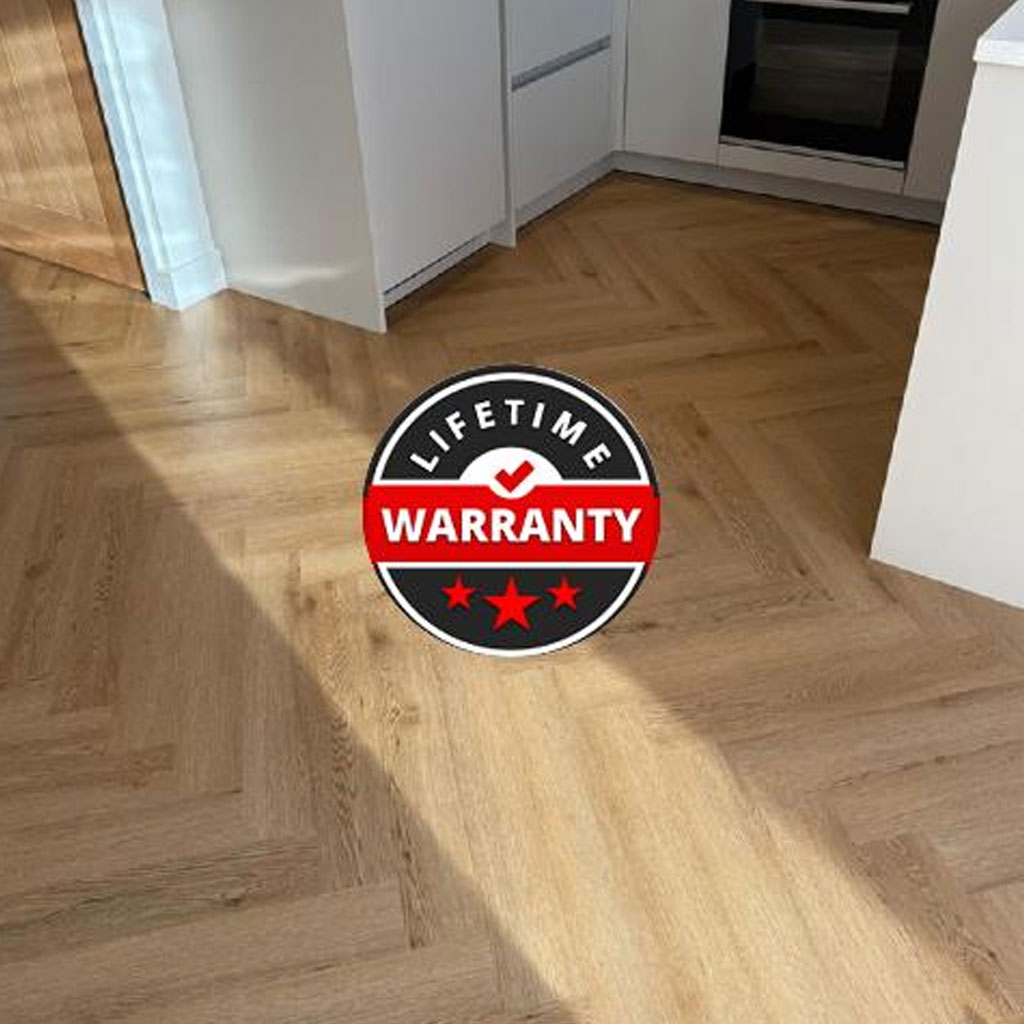
Cost Breakdown
| Flooring Type | Starting Cost (per m²) | Warranty | Repair Cost |
| Vinyl | From £45/m² | Up to 15 yrs | Full room replace |
| LVT | From £60/m² | Lifetime | Replace 1 plank |
Vinyl is more affordable short-term — but LVT offers better long-term value, especially when factoring in warranty length and repairability.
Winner: Vinyl on price, LVT on life cycle cost.
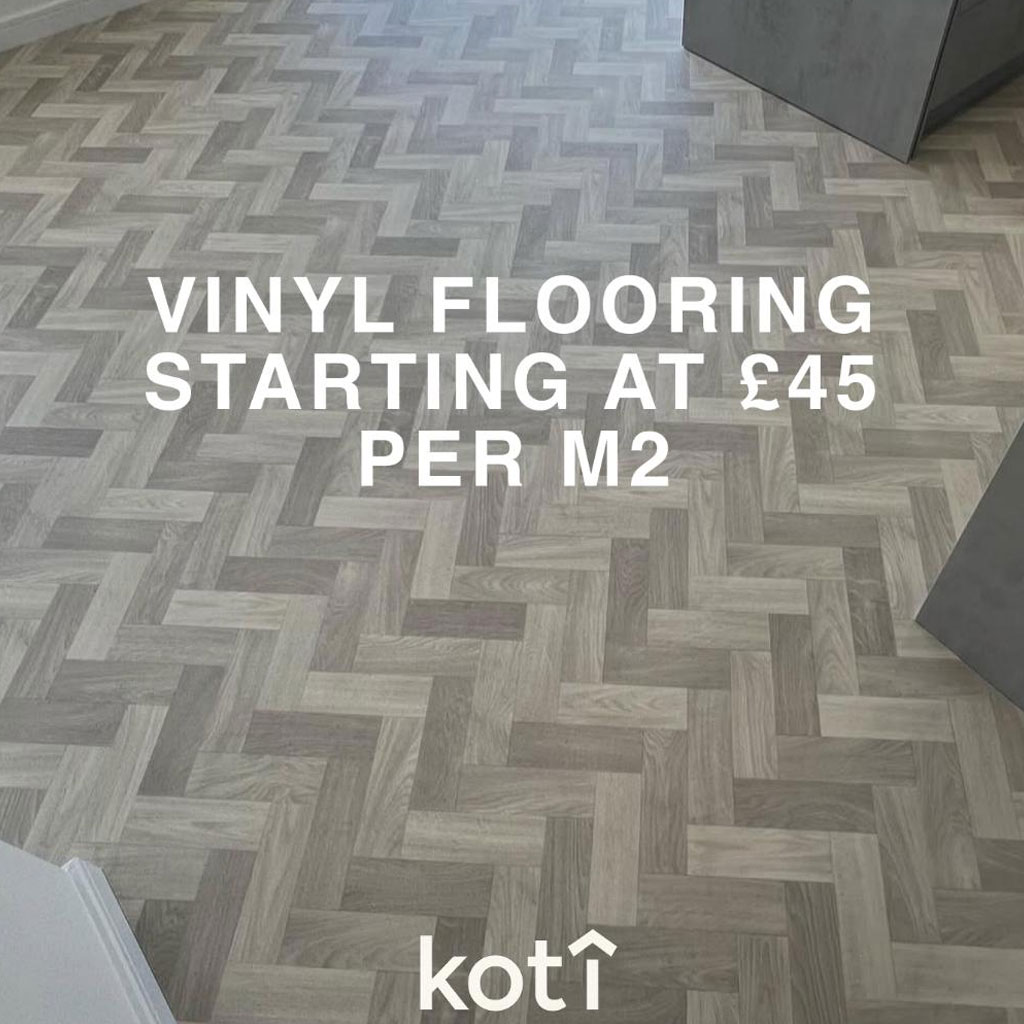
Slip Resistance
Both sheet vinyl and LVT typically meet R10-rated slip resistance, making them ideal for kitchens, bathrooms and utility areas.
Winner: Draw
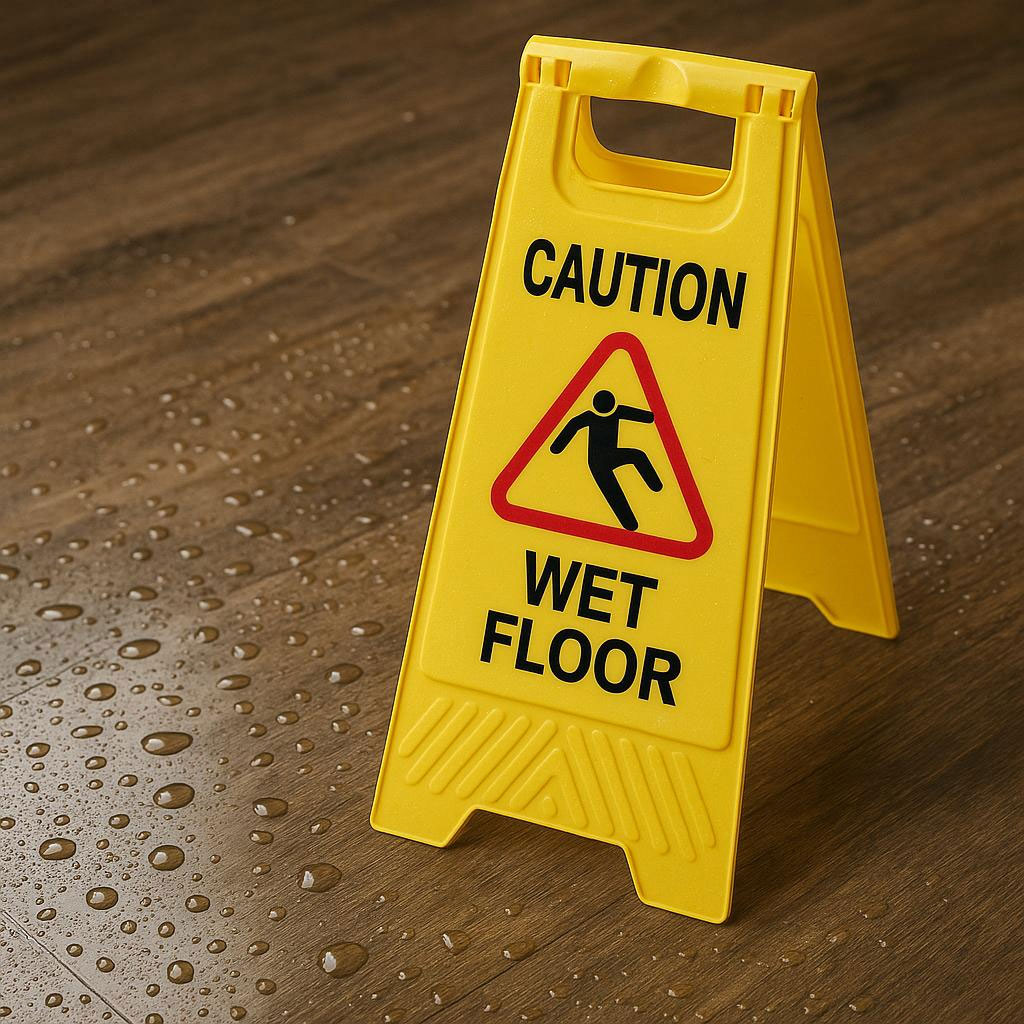
Care & Cleaning
Both are easy to maintain — here’s how:
LVT (e.g. Karndean or Amtico)
- Use Karndean Clean solution
- Sweep daily, mop weekly
- Avoid steam mops or harsh chemicals
- Read the full Karndean care guide here
Sheet Vinyl (e.g. Comfytex Deluxe Pro)
- Vacuum or sweep regularly
- Mop using warm water + mild detergent
- Avoid abrasive cleaners
- Full vinyl cleaning advice here
Winner: Draw – both are low maintenance if cleaned correctly.
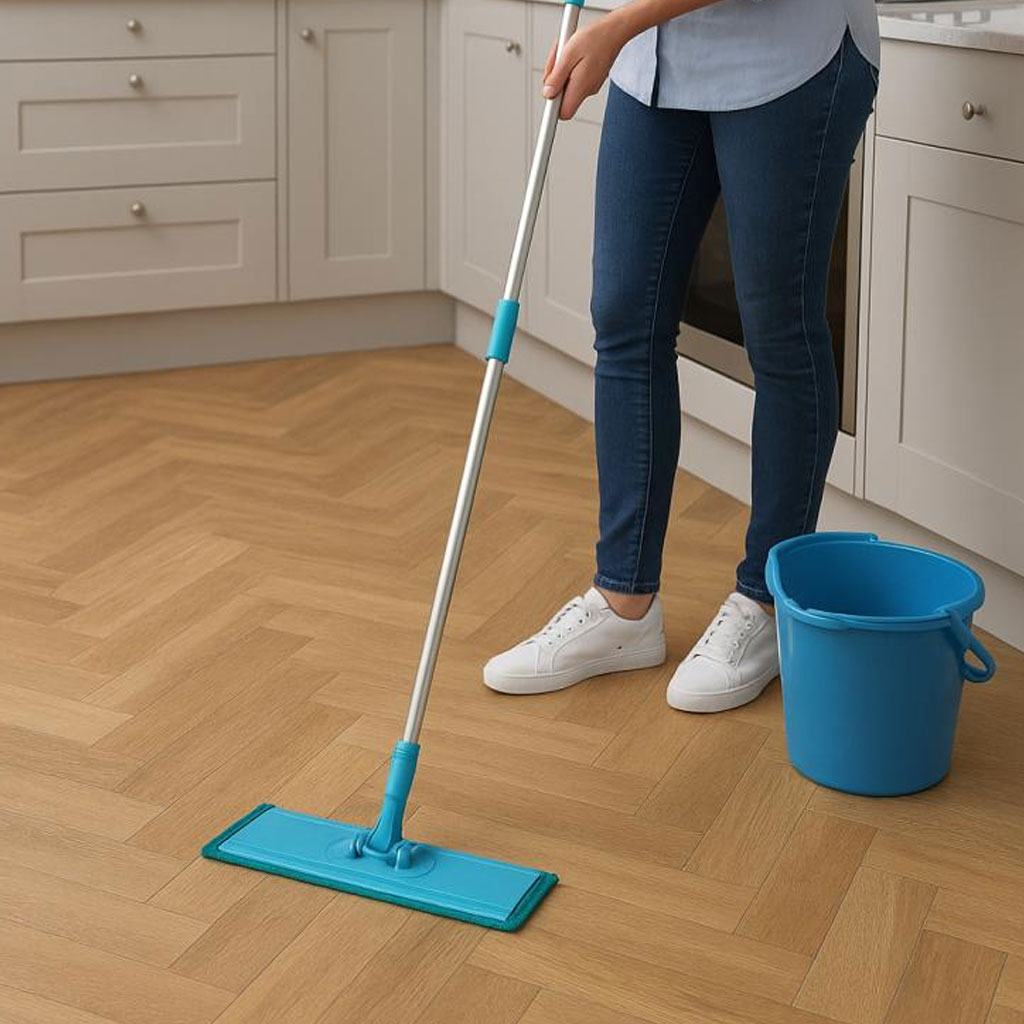
Final Verdict
| Category | Best Choice |
| Speed of Install | Vinyl |
| Realism & Texture | LVT |
| Durability | LVT |
| Warranty | LVT |
| Cost | Vinyl |
| Maintenance | Draw |
LVT is perfect if you want a premium look, longer warranty, and added resilience.
Vinyl is ideal if you’re on a tighter budget or want fast, seamless installation.
Still unsure?
We fit both across new build homes and can help you choose the best match for your lifestyle and layout.
📩 Get a free quote
📸 Browse our gallery of completed installs
